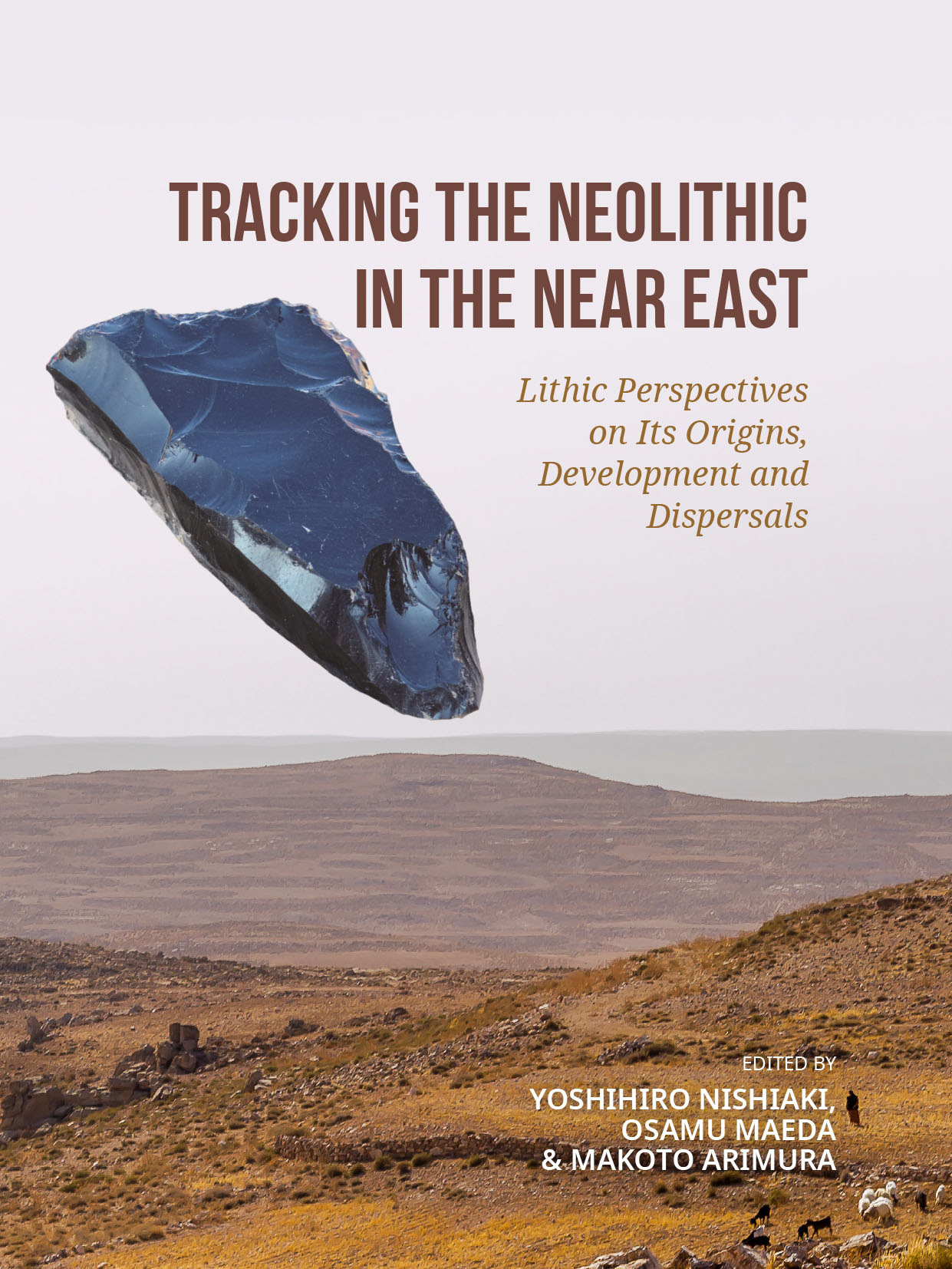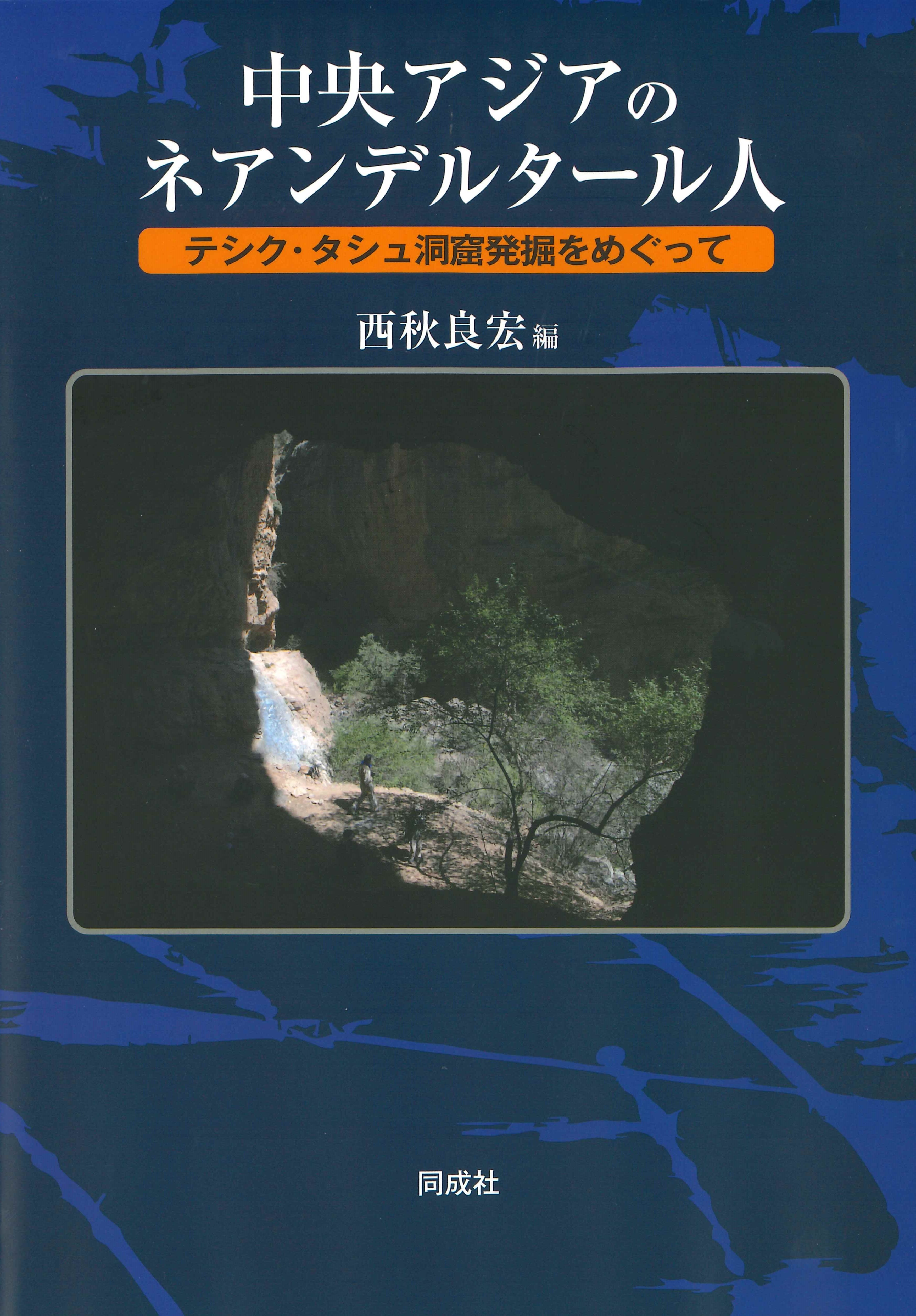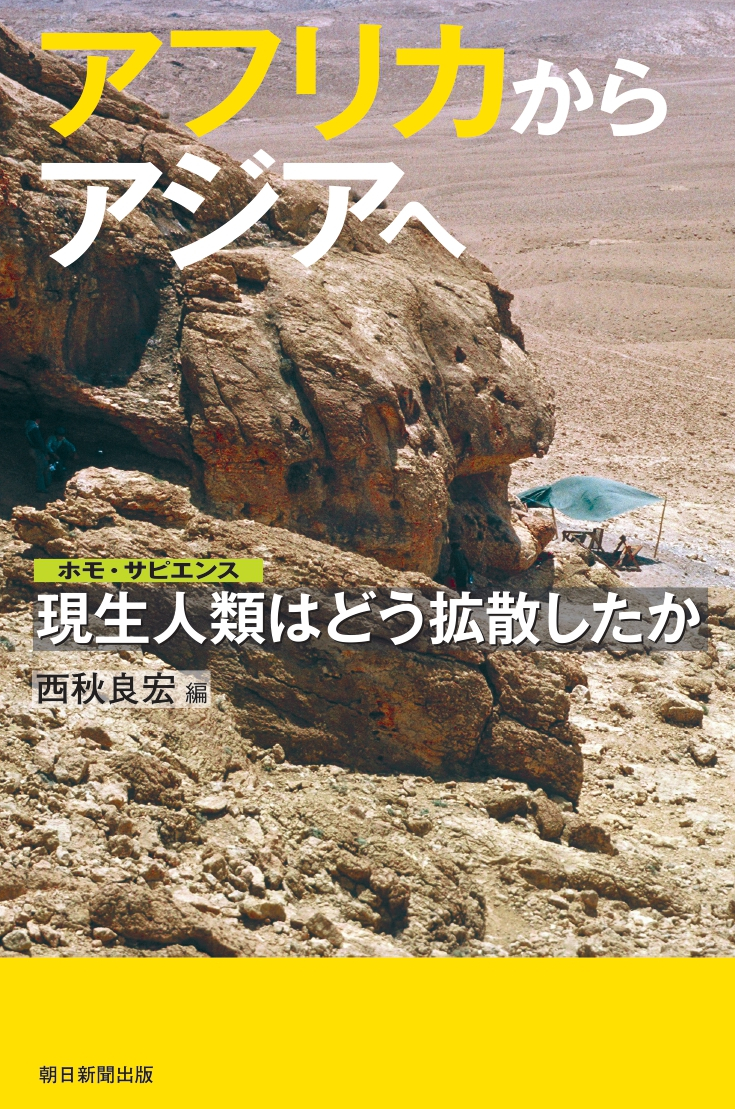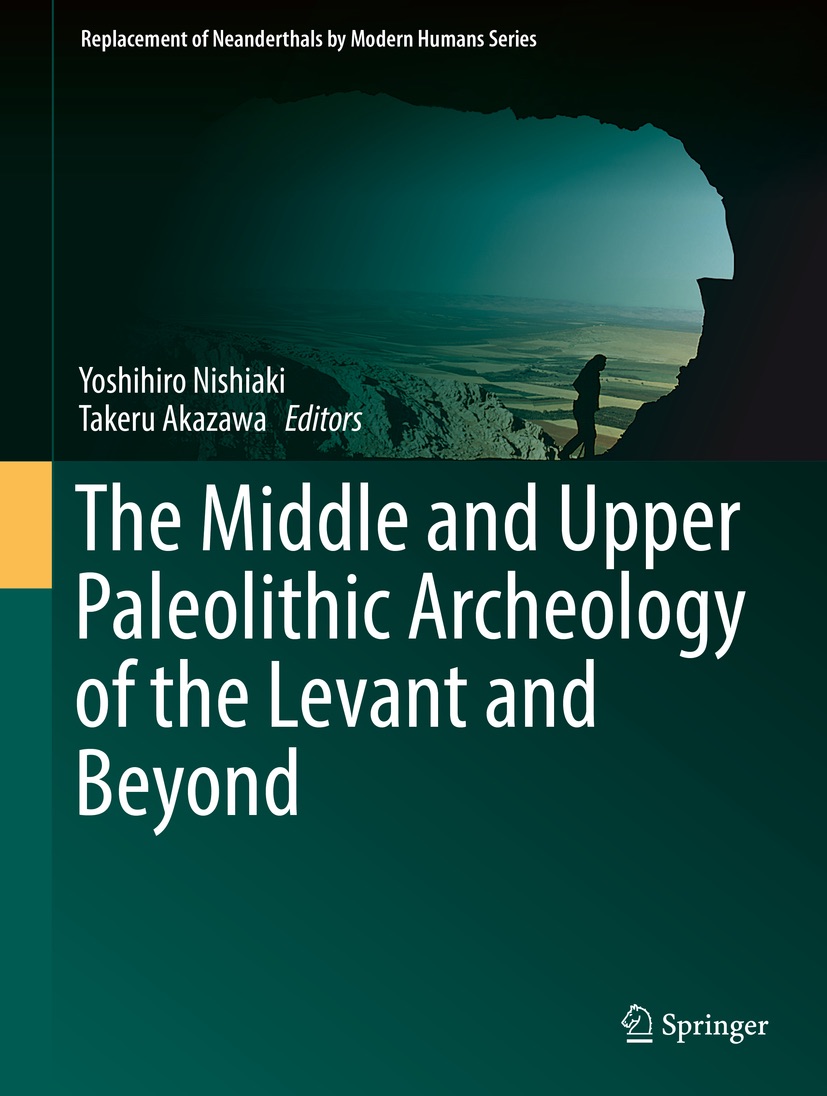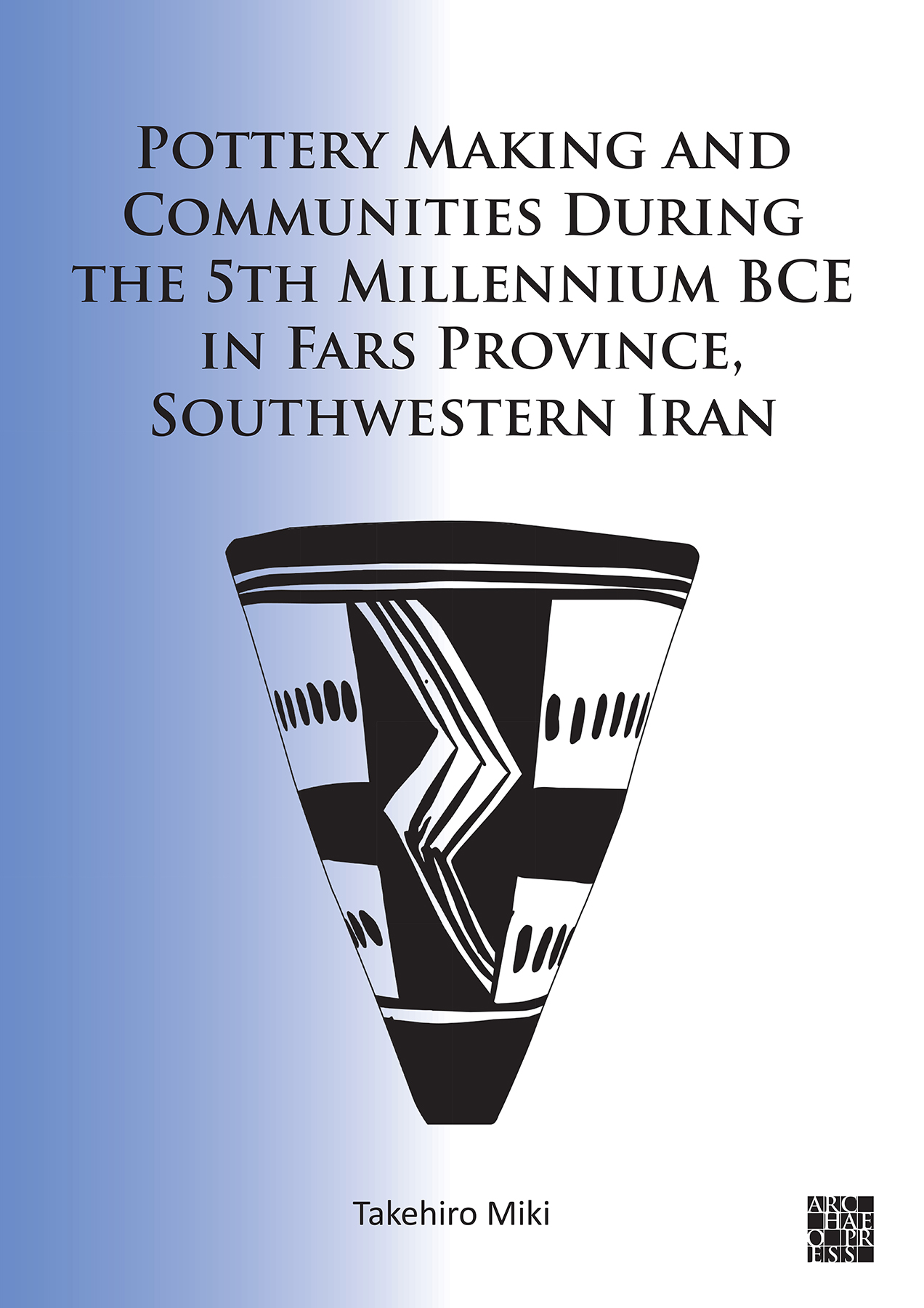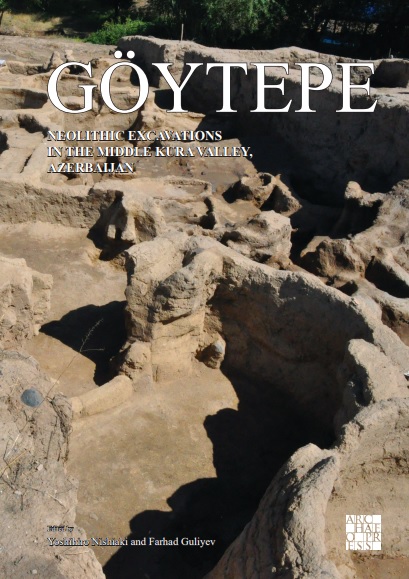
Title
Göytepe Neolithic Excavations in the Middle Kura Valley, Azerbaijan
Size
384 pages, hardcover
Language
English
Released
2020
ISBN
9781789698787
Published by
Archaeopress Archaeology
Book Info
See Book Availability at Library
Japanese Page
Have you ever thought of how agriculture—in other words, food production—began? Our daily rice and bread, vegetables and meat, even seasonings, condiments and beverages, are nearly all agricultural products. Seafood products may not be, strictly speaking, in the same category, but aquaculture is certainly a part of our food production.
Since the birth of humanity several million years ago, we have lived off plants and animals found in nature, but at some point we began selecting plant species for cultivation and animals for livestock breeding. Gradually, we have come to derive our needed nutrients almost exclusively from food that we produce ourselves. Those of you who grew up in the city are probably not familiar with fields, rice paddies, and farms, and you probably have had few occasions to think about the meaning of this change in lifestyle, despite its major significance in human history. It is significant because food production led to the birth of the village and from there to cities and civilized societies with complex divisions of labor and social systems. Our contemporary society is an extension of this process.
Although the beginnings of agriculture are in the distant past, learning about the process still contributes to our understanding of the origins and nature of our civilized society. This research takes a comprehensive scientific approach covering a wide range of fields, from the natural sciences to humanities and sociology, to study not only crops (plants) and livestock (animals), but also topography, paleoclimate, and changes in human society in the period being studied.
I have been involved in this research in West Asia, the region of the world in which the first farming is believed to have begun, and for the recent years I have been studying how the earliest kinds of agriculture spread to surrounding areas. This book is a compilation of a report on the findings of excavations carried out in the Caucasus region, now a part of the Republic of Azerbaijan, on the northern border of West Asia. The excavation site is called Göytepe. Agriculture began in West Asia around 11,000 years ago. We now know that that it was introduced into the Caucasus region roughly 8,000 years ago. Why did it take 3,000 years for agriculture to be introduced into the Caucasus region from the area in which it originated in West Asia, only several hundred kilometers (roughly the distance between Tokyo and Osaka in Japan) away? What caused the people of the region to suddenly adopt a new lifestyle that they had so long resisted?
This is an intriguing question as we think about the regional societies of the time. The agricultural societies of West Asia and the hunting and gathering societies of the Caucasus had long been in opposition. What happened to upset that balance? I believe the cause was climate change at least in part.
This book discusses this with a focus on the findings of the Göytepe excavations. It also explains how the society of the day changed radically and rapidly once an agricultural lifestyle was adopted. I hope that readers will enjoy following the vivid portrayal of some of the world’s earliest farming villages, a portrayal built on overlapping evidence acquired through field research on such aspects as the natural environment of the time, the composition of the villages, their buildings and tools, animals and plants, their spiritual world, and relationships with neighboring villages.
(Written by NISHIAKI Yoshihiro, Professor, The University Museum / 2021)
Table of Contents
Yoshihiro Nishiaki and Farhad Guliyev
List of contributors
List of figures
List of tables
Chapter 1 Introduction
Yoshihiro Nishiaki and Farhad Guliyev
Part I: Field Investigations
Chapter 2 Geomorphological settings of Göytepe
Yuichi Hayakawa
Chapter 3 Stratigraphy and architecture in the main excavation area of Göytepe
Yoshihiro Nishiaki, Farhad Guliyev, Fuad Hoseynov, and Kazuya Shimogama
Chapter 4 Excavation, stratigraphy, and architecture of Square 4B at Göytepe
Seiji Kadowaki, Yui Arimatsu, and Yoshihiro Nishiaki
Chapter 5 Soundings at the edges of Göytepe
Yoshihiro Nishiaki, Yui Arimatsu, and Saiji Arai
Chapter 6 Mud-bricks in Neolithic architecture at Göytepe
Yoshihiro Nishiaki, Farhad Guliyev, and Emmanuel Baudouin
Chapter 7 Geoarchaeological investigation of storage space at Göytepe: Phytolith dung spherulite, and micromorphological analyses
Seiji Kadowaki, Lisa Maher, Marta Portillo, and Rosa M. Albert
Chapter 8 Archaeological reconnaissance survey around Göytepe, Tovuz-Qovlar region
Kazuya Shimogama and Valeh Alakbarov
Part II: Technology and Subsistence
Chapter 9 Neolithic fl aked stone assemblages from Göytepe
Yoshihiro Nishiaki
Chapter 10 Use-wear analysis of chipped stone artifacts from Göytepe
Katsunori Takase
Chapter 11 Fracture wing analysis for identifi cation of obsidian blank production techniques at Göytepe
Jun Takakura and Yoshihiro Nishiaki
Chapter 12 Neolithic ground stone typology and technology at Göytepe
Seiji Kadowaki
Chapter 13 Neolithic pottery from Göytepe
Yui Arimatsu
With an Appendix by Takahiro Odaka
Chapter 14 Neolithic fi gurines from Göytepe
Kazuya Shimogama
Chapter 15 The Neolithic bone and antler industry from Göytepe
Saiji Arai
Chapter 16 Plant remains from Göytepe
Chie Akashi and Ken-ichi Tanno
Chapter 17 Faunal remains from Göytepe
Saiji Arai
Rezume
Fərhad Quliyev, Yoshihiro Nishiaki



 Find a book
Find a book


